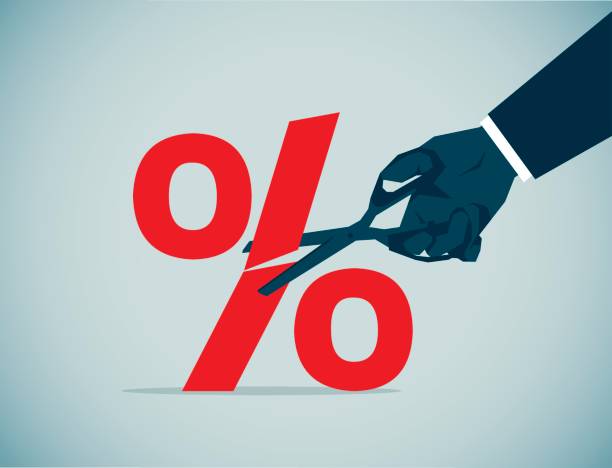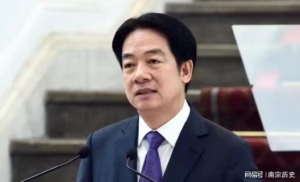South Africa’s Reserve Bank made a significant move on Thursday by lowering its benchmark interest rate for the first time since 2020. This action aligns with other countries that have started reducing borrowing costs as inflationary pressures ease.
In recent years, central banks across the globe have been forced to raise interest rates in response to escalating inflation following the Covid-19 pandemic and Russia’s invasion of Ukraine. However, many have now shifted towards cutting rates as inflation begins to recede.
Earlier this week, the United States Federal Reserve reduced its key interest rate by 0.50 percentage points, marking its first cut in four years. Similarly, central banks in Europe initiated rate reductions earlier this year.
South Africa’s Reserve Bank followed suit by trimming its repo rate by 0.25 percentage points, bringing it down to 8.0 percent. This marks the end of a long period of rate increases that began in November 2021.
The decision comes after South Africa’s inflation rate dropped to 4.4 percent in August, which falls below the midpoint of the Reserve Bank’s target range of 3 to 6 percent.
“Inflationary expectations are moving — slowly — in the right direction,”
said South African Reserve Bank Governor, Lesetja Kganyago. He added that confidence in the country’s economic stability had improved, largely because of efforts to reduce the frequency of rolling blackouts, which have disrupted the country for years.
In terms of future growth, Kganyago expressed cautious optimism:
“For the medium term, our growth projections have once again edged higher. The upgraded forecast is premised on better-functioning network industries, especially electricity, alongside broader reform momentum,”
he said.
Despite the optimistic outlook, the Reserve Bank remains measured in its growth expectations, predicting economic growth of around two percent. While there is some progress, these projections still highlight the ongoing challenges facing South Africa’s economy.
When determining the rate cut, the monetary policy committee also contemplated a more aggressive reduction of 0.50 percentage points. However, they opted to adopt a more cautious approach.
“The forecast sees rates moving towards neutral next year, stabilising slightly above seven percent,”
Kganyago explained, hinting that the bank is keen to balance economic support with inflation control.
As the global economic landscape shifts, South Africa’s central bank will continue to assess the balance between fostering growth and maintaining inflation stability, while carefully managing borrowing costs.

















